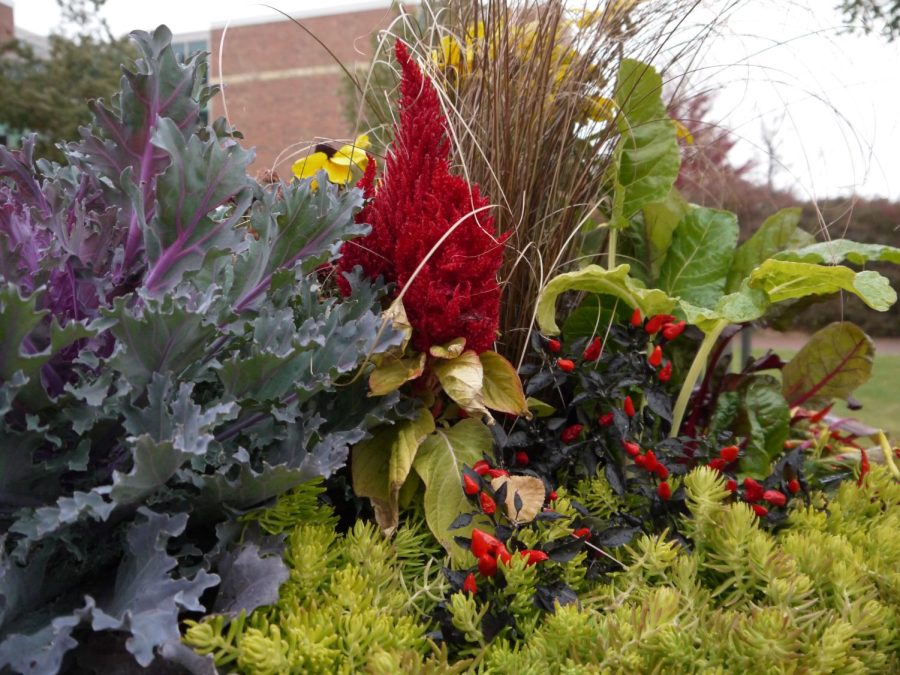Environmental emergency: actions do more than words.
How students can continue to care about and work towards an environmentally friendly campus.
October 18, 2022
Biodiversity is dying.
Pollution still takes a toll.
Our climate is consistently changing for the worse.
It is a crucial time to care about our environment.
Nearly half of bird species are experiencing population declines while we lose 2.5% of the global insect population every year, and thousands of fish species are threatened. This is due to drastic habitat loss, pesticide use and water pollution such as pesticides that cause algae blooms that suffocate fish in the water and or low water levels leaving fish with no where to reproduce.
We can address these issues here at Hamline by “Taking the Lead” in pursuing climate neutrality and adopting additional environmentally friendly practices. I think that our practices should include more native biodiversity, stronger compost infrastructure and further investment into sustainability practices on campus. Hamline has gardens that provide food to the Food Resource Center, and that is a good start.
We can better utilize waste through improved waste infrastructure and increased information availability and education.
Compost can be used for energy, fertilizer and for repairing insect populations. Some cities, such as Ames, Iowa, use waste to fuel their power plants. Is this a good alternative? It is an idea worth discussing.
Compostable waste is often used as an alternative fertilizer, and it reduces excess nitrogen in the soil that often ends up in our water sources and suffocates the fish. Increasing composting as a practice at Hamline will be easier for students as composting options become more available around campus.
I have heard on campus that students often discard organic waste into recycling, and this contaminates everything else, so nothing can get recycled. With improved awareness on the impacts of trash in recycling, we can improve our recycling practices, otherwise, we should strive to avoid plastics all together.
And through increased native biodiversity and care, we can better understand our world around us. Plants and animals are unique and amazing, but we rarely really know just how much.
Who knows that possums are North America’s only Marsupials? Is it common knowledge that Minnesota’s native biodiversity includes a carnivorous aquatic plant? We miss out on so much fascinating information when we overlook what evolved to grow here, in Minnesota.
As I currently understand, Hamline runs on a steam-powered plant that does use fossil fuels to heat the water to produce steam, which contributes to our current climate crisis.
It’s 2022, and the planet is getting hot, time is running out for finding solutions. What can the Hamline administration do to address this? We should try to explore and implement more climate-neutral options.
Budgeting may be expensive to implement, though pushing toward progress will make Hamline more attractive to climate-minded investors and students with an interest in environmental policy work; there is much to gain in change.
Personally, I look forward to working with members of the Hamline community, HUSC, faculty and the Hamline administration to find solutions.

